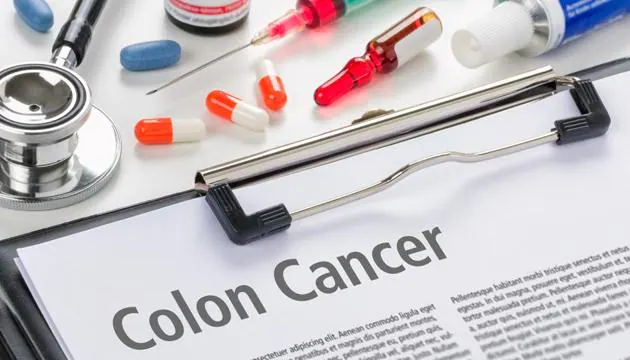A gastroscopy is an important medical procedure that can help to diagnose and treat digestive disorders. The procedure involves using a thin, flexible tube known as an endoscope to look inside the esophagus (the gullet), stomach and first part of the small intestine (duodenum).
It is a safe and reliable method for obtaining a clear view of the internal digestive organs without the need for surgery. During a gastroscopy, the endoscope with a small video camera attached is passed through the mouth into the stomach. The end of the endoscope contains a light and conveys images to a TV monitor.
This allows the doctor to see the lining of the esophagus, stomach and duodenum. The doctor can spot any abnormalities such as ulcers that cannot be detected on X-rays. As well as viewing the lining, tissue samples (biopsies) can be removed painlessly through the endoscope.
Gastroscopies are commonly used to investigate swallowing difficulties, nausea, vomiting, reflux, indigestion, abdominal pain, chest pain or bleeding. The procedure is also used to detect diseases such as cancer in the digestive organs, especially when the patient is at risk. The procedure is generally quick and painless, taking only a few minutes to complete.
However, as sedatives are commonly used during the procedure there may be some minor side effects such as drowsiness and a dry mouth. There is also a small risk of complications such as bleeding, infection or perforation.
Overall, a gastroscopy is an important procedure to diagnose and treat digestive disorders. Your doctor will be able to discuss the procedure and any associated risks with you prior to the procedure.
What are Possible Gastroscopy Risks?
The risk of any serious complication occurring in a diagnostic gastroscopy is less than 1 in 1000. While this is a relatively low risk, it is important that you are aware of the potential risks and complications of gastroscopy before consenting to the procedure.
Internal bleeding, perforation of the esophagus or stomach, reaction to sedative, damage to teeth, crowned teeth or dental bridgework, and aspiration pneumonia are all possible complications that could occur during a diagnostic gastroscopy.
Every effort is made to reduce the risk of these complications occurring. This includes the use of the latest equipment and technology, as well as ongoing training and monitoring of staff to ensure that they are providing excellent care.
If you have any concerns or questions regarding the risks associated with a diagnostic gastroscopy, please discuss them with your doctor or other healthcare professional. It is important that you are fully informed and feel comfortable before consenting to the procedure.
Overall, the benefits of a diagnostic gastroscopy significantly outweigh the risks. It is a quick and painless procedure that can help to provide a diagnosis of a variety of gastrointestinal issues. By undergoing a gastroscopy, you can gain insight into the cause of your symptoms and receive the most appropriate treatment and care.
What Can You Expect After the Procedure?
Having a gastroscopy can be a stressful experience. You may feel anxious about the procedure, or uncomfortable due to the sedation or throat spray. However, it is important to remember that it is a safe and routine procedure and the medical staff will ensure that you are comfortable and well looked after throughout.
If you have not had sedation, you will be able to walk back to the waiting area once the procedure is finished. If you have had sedation, you will be asked to rest in the recovery area for a while until you feel ready to leave. The nursing staff will check your pulse and oxygen levels regularly and generally assess how you have recovered from the test.
You may experience some side effects from the endoscopy, such as feeling bloated or experiencing wind pains due to the air passed into the stomach during the test. These usually settle quite quickly, however if you are in pain, inform the staff as soon as possible. Once you are feeling better, you will be offered something to eat and drink.

